The students began by learning about simple circuits. Many had no clue how circuits worked. They started by connecting wires, LEDs, and batteries, creating our first simple circuits. The excitement was electric.
With newfound knowledge of circuits, we took things a step further and explored what things are conductive using Micro Bits. Micro bits are small, programmable computers that can be coded to perform a variety of tasks. They have built-in sensors and input/output pins, making them perfect for our experiments.
We went on a scavenger hunt around the class and school, collecting and testing various objects like hair, keys, door handles, paper, televisions, and tables. Using Micro bits students tested each material’s conductivity. We connected the materials to the Micro bit using alligator clips to program the Micro bit to light up an LED or display a message on its screen if the material conducts electricity and code a different picture or message if the material didn’t.
Students recorded their observations and debugged their code if it didn’t work. As they tested more materials, patterns started to emerge. We noticed that all the conductive metals had certain things in common. Through discussions and a bit of detective work, we figured out that conductive metals must:
- Be made of metal.
- Things with salt such as skin and hair
Confidently we can now explain what makes a metal conductive.
I didn’t know what conductivity was before, but now I can test if something is conducive with an electrical circuit!
I was surprised that the paper clip is conductive but the plastic ruler isn’t. Now I know it's because the paper clip is metal!
We were able to see how electricity works and which metals can conduct it!
Coding the Micro:bit was tricky at first, but then we figured out how to make it light up when something was conductive. Debugging was like solving a puzzle!
The aluminium foil worked, but the rubber band didn’t. It’s because rubber doesn’t let electricity flow through. That was so cool to see!
Sometimes our Micro:bit didn’t work, but we learned to check our code and connections. We fixed it by making sure the wires were in the right place and the code was correct.
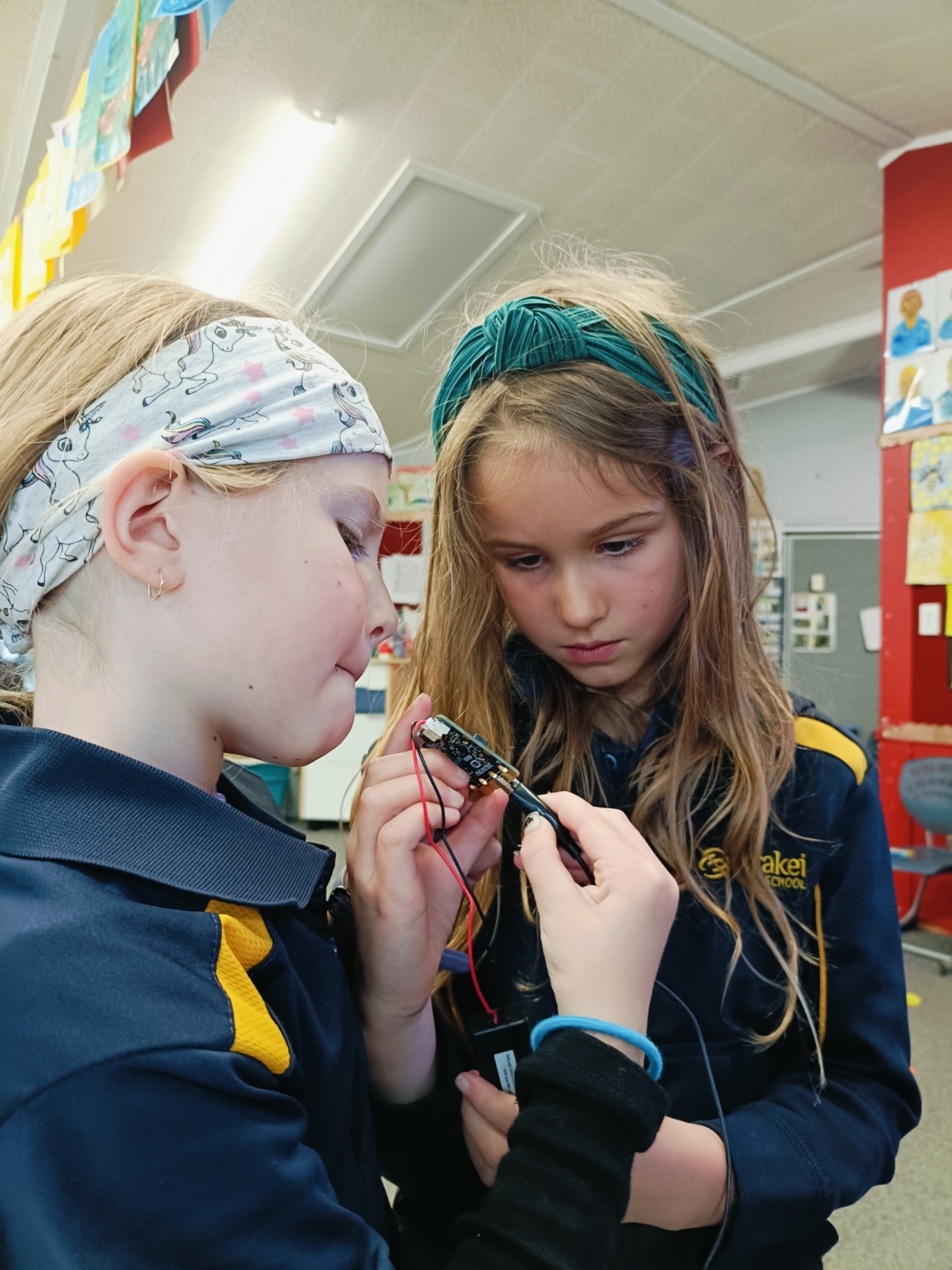
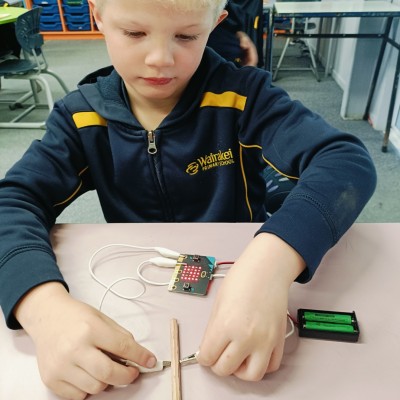
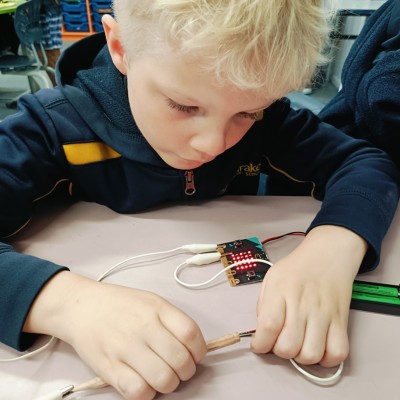
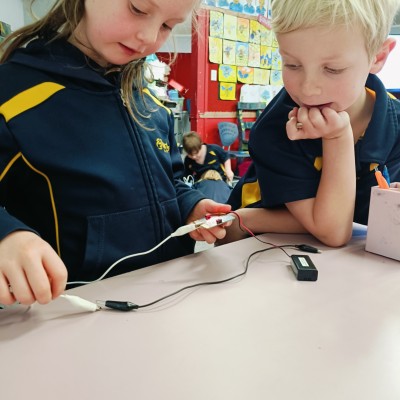
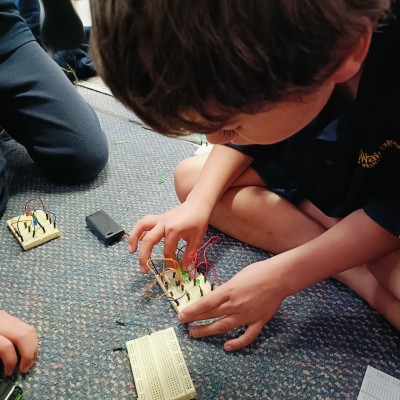
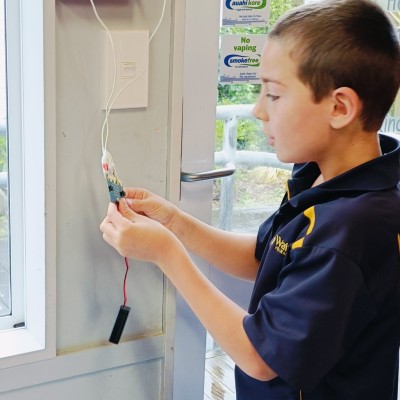
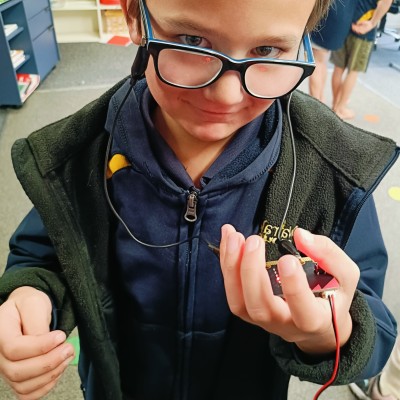
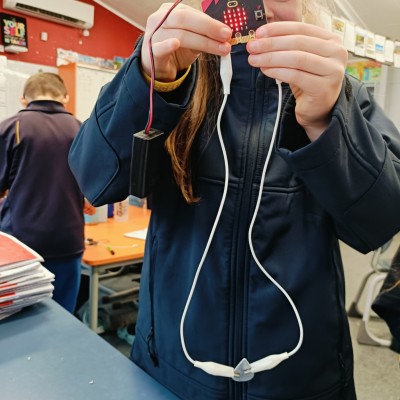
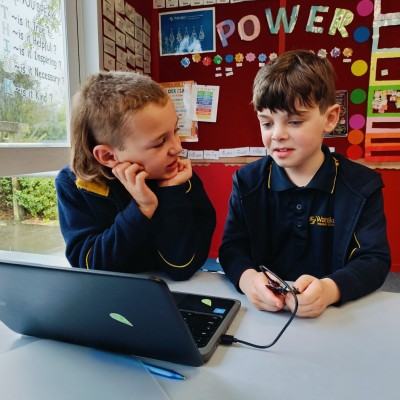
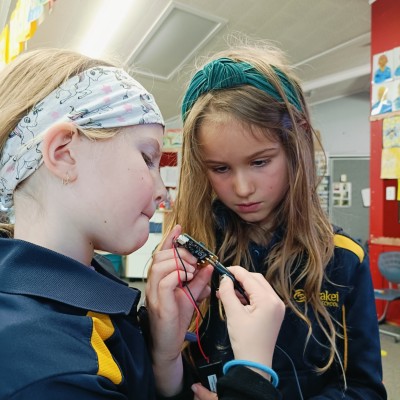


Comments
No one has commented on this post yet.